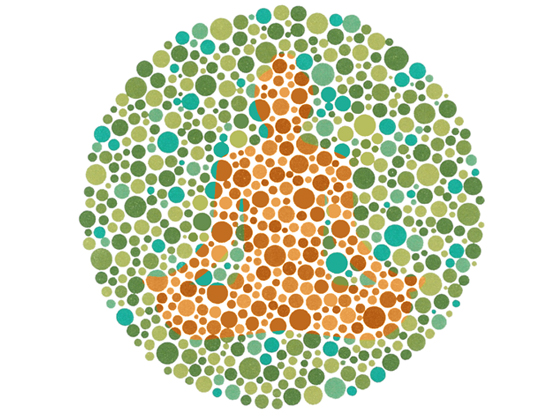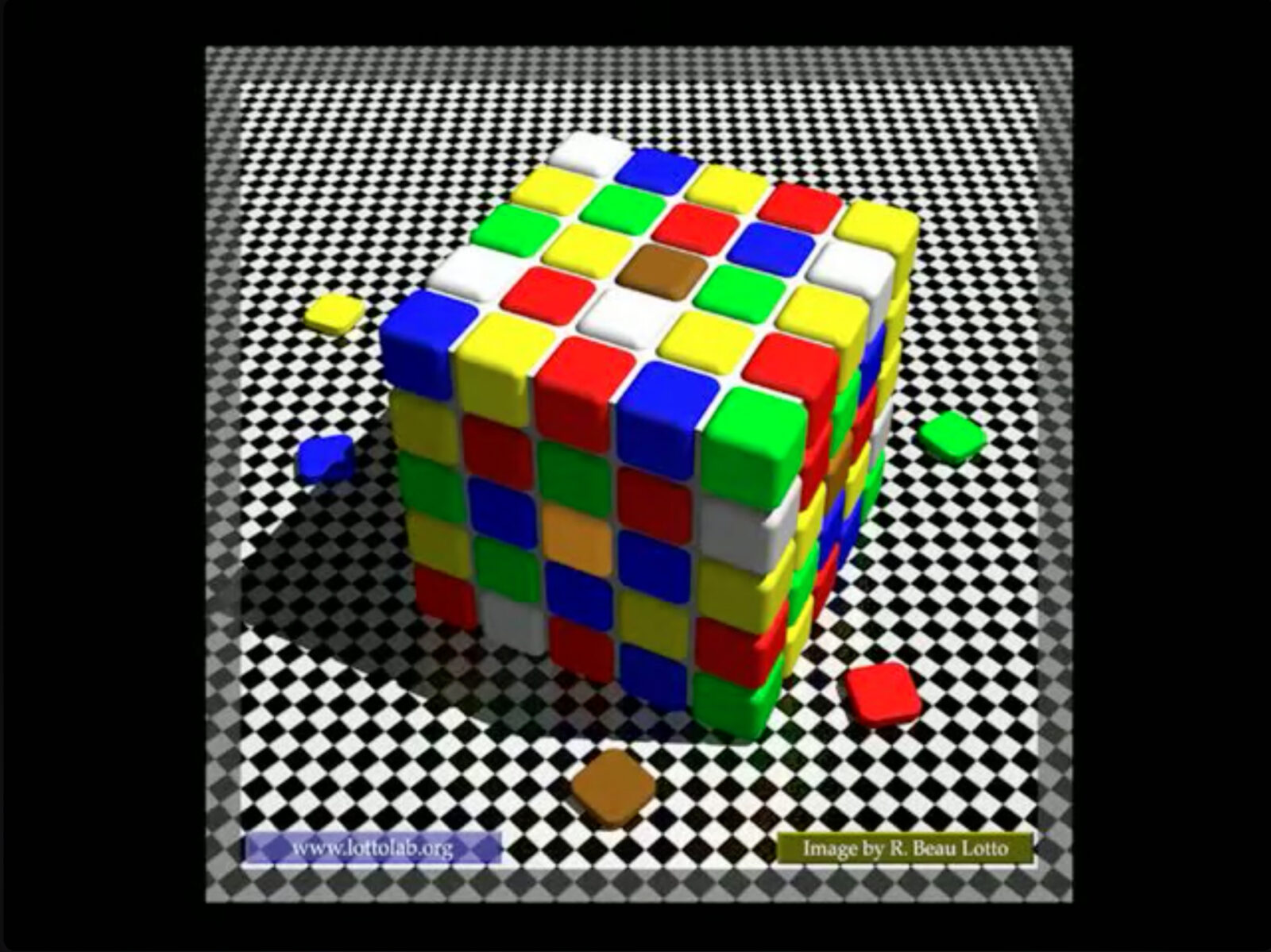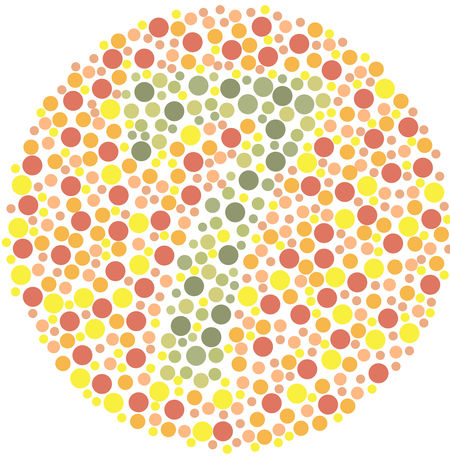


How do you know what is real and what is an illusion? March 29 is Smoke and Mirrors Day and we thought we’d take this opportunity to share some perplexing optical illusions and provoke a few self-reflections to help you test the power of your perceptions.

The image above has a bluish tint, but surely you still see red strawberries, right? Incredibly enough, there isn’t a single red pixel in this picture—it’s an optical illusion! Still, your brain perceives the red hue that you expect strawberries to have. This article from Motherboard discusses the origin of the viral image and helps understand how it throws off our perception.

How many black dots do you see in the image above? If you try to count them, you’ll quickly notice that it’s impossible to stare at all of the black dots at the same time. This image has been popular on social media lately because it reminds us that we are limited by our perception.

How much do you think you will change over the next ten years? How much have you changed over the past ten years? Most people aren’t good at accurately imagining who they will be in the future because of our misperceptions. Take some time to consider your answers and then watch former Rubin speaker Dan Gilbert’s TED Talk on“The Psychology of Your Future Self” to find out what science suggests the answers are.

Some psychologists think that people either have a “fixed mindset” or a “growth mindset,” two different ways to perceive the world. These mindsets can shape every aspect of our lives by determining how we relate to new information and challenges. Which mindset do you have?

In the video above, you can see a cube with different colored squares. The central tile on the upper surface appears brown and the central tile on the lower surface appears bright orange. Yet the two tiles are actually the same color!

Can you see the number in this image? Most people can, but those with color blindness may struggle a bit. Color blindness is a spectrum of sorts—just because you can see the 7 above doesn’t mean you have “20/20” color vision. Take a more comprehensive quiz to find out where you are on the color-blindness spectrum.
Get the latest news and stories from the Rubin, plus occasional information on how to support our work.